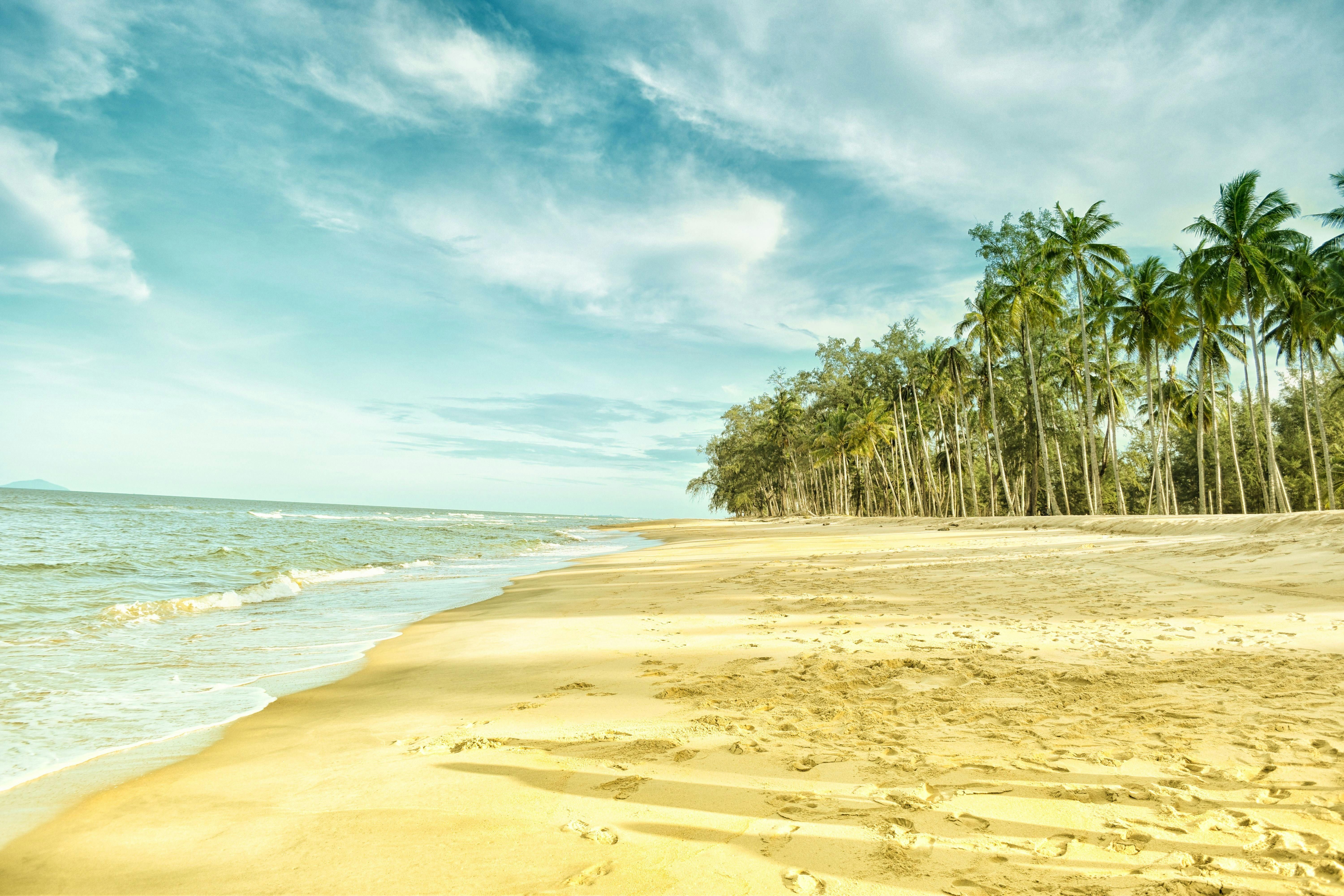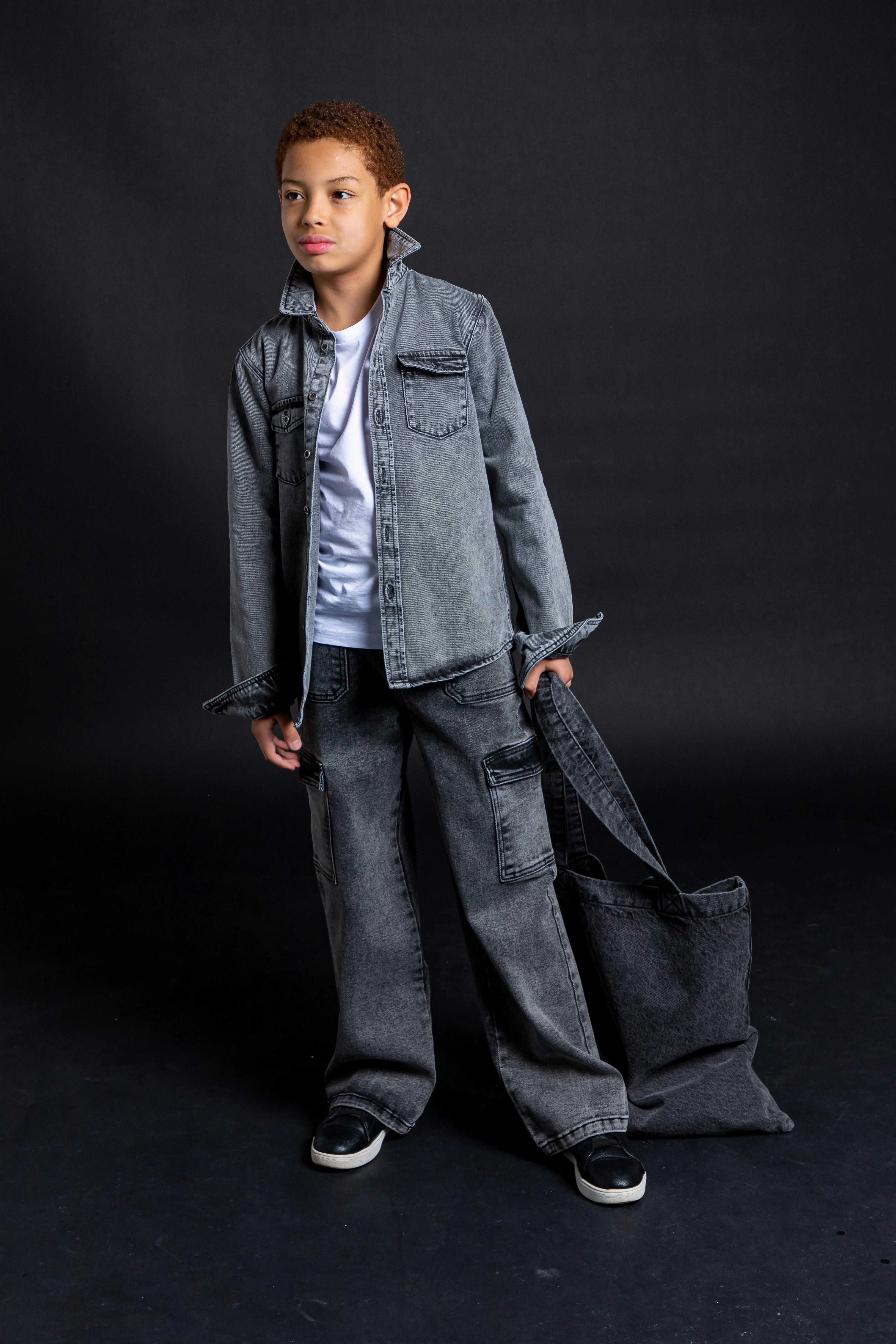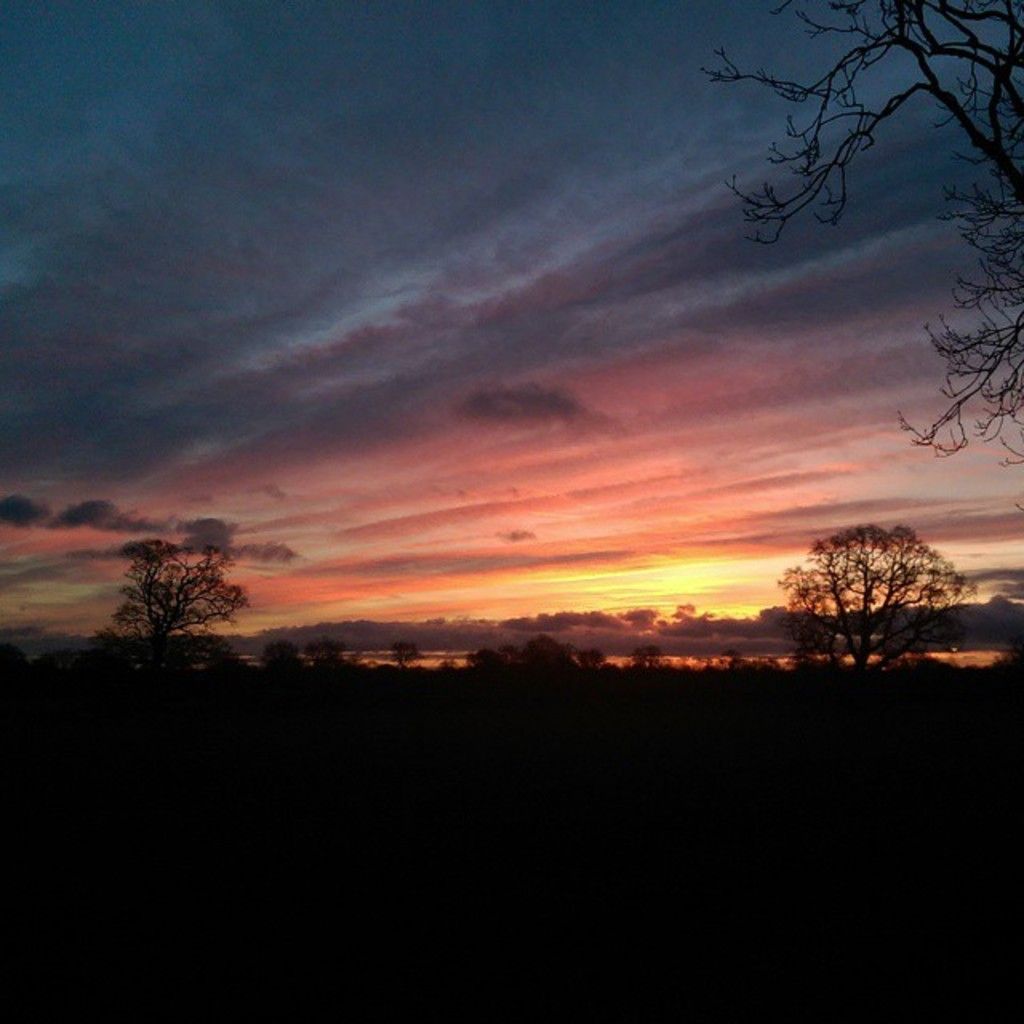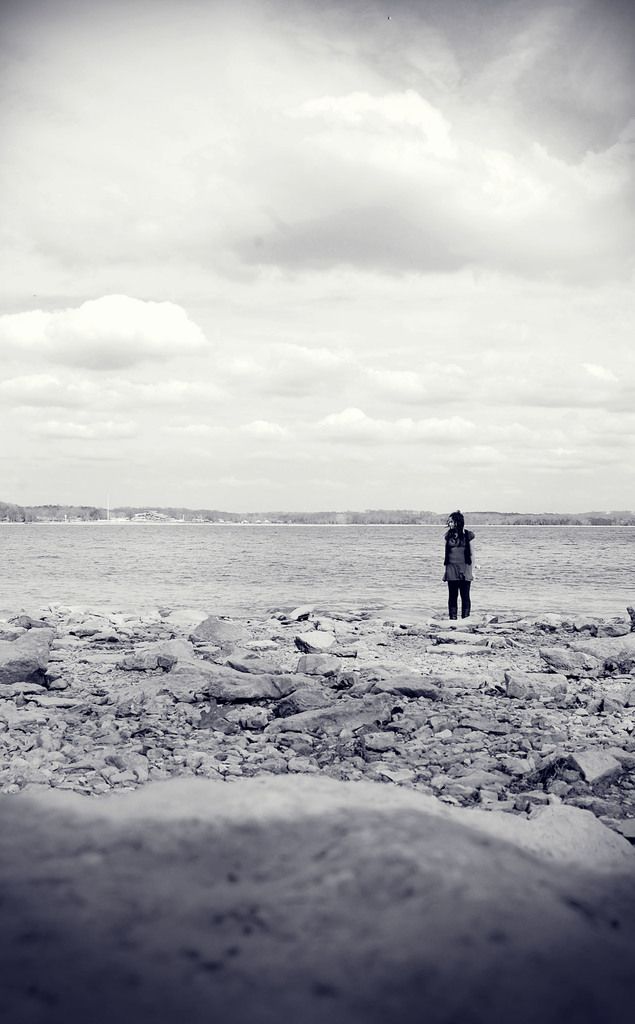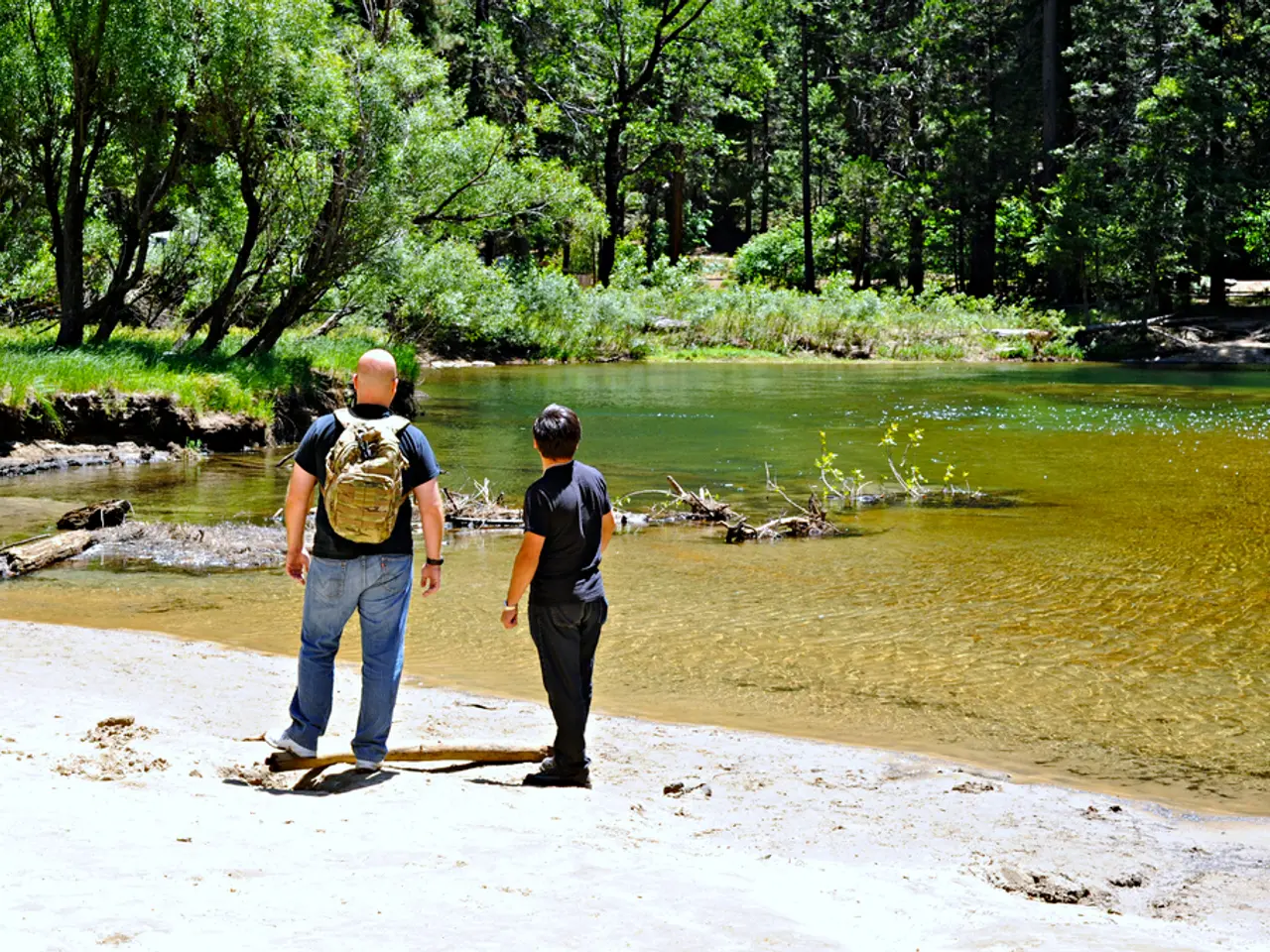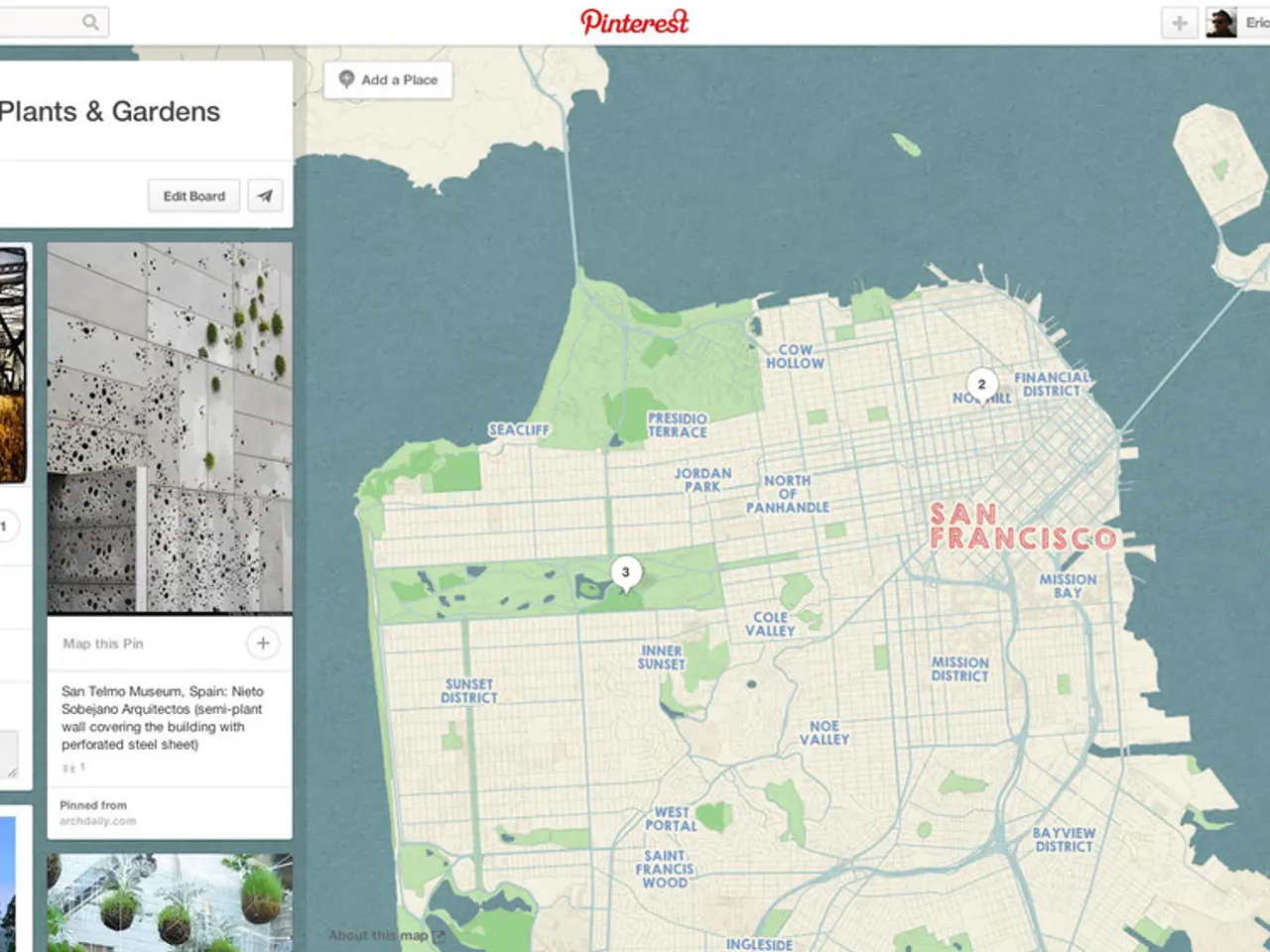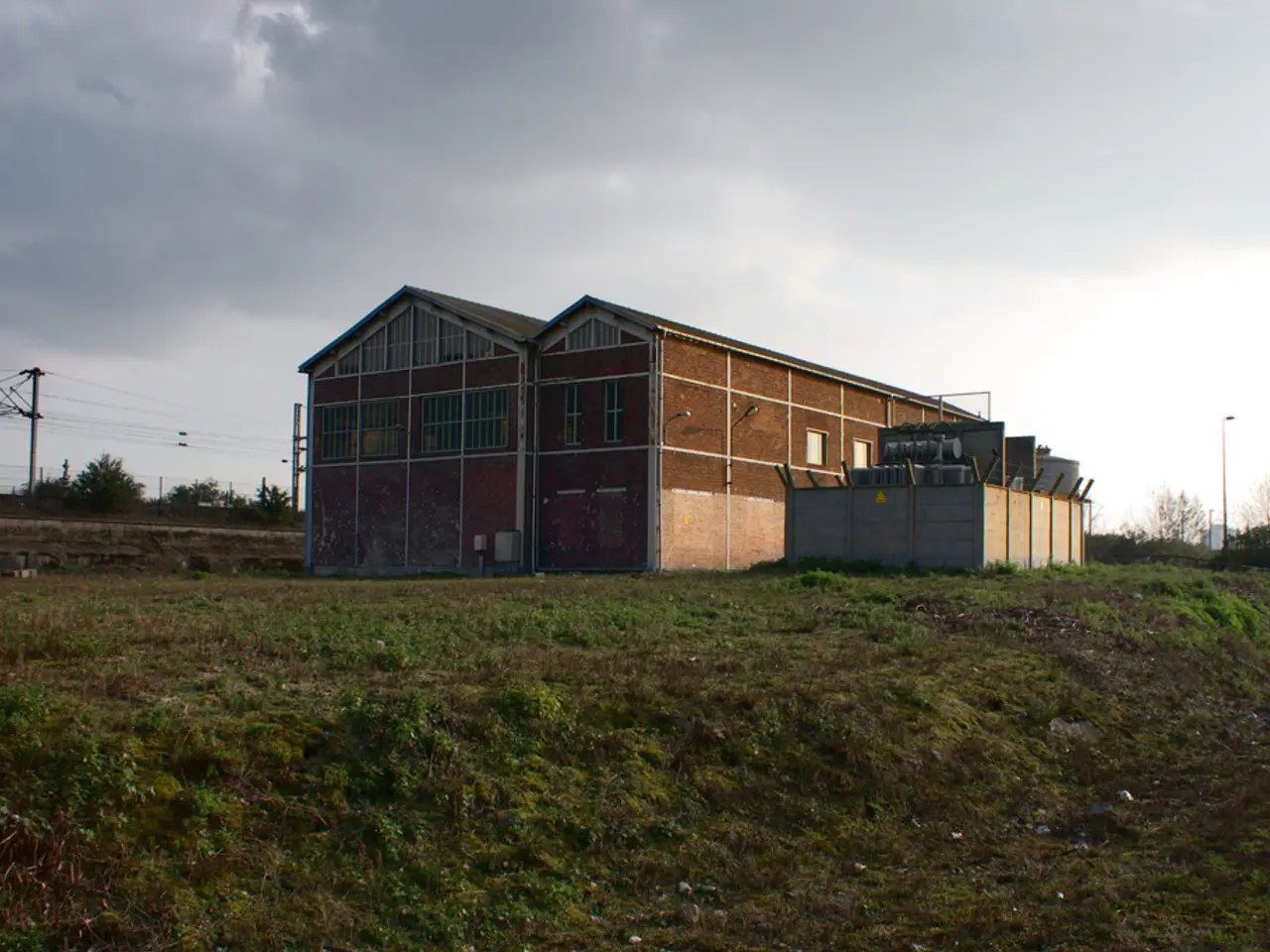Drone Warfare Erupts as Moscow Gears Up for Victory Parade
Russians and Ukrainians are intensifying their aerial skirmishes, utilizing drones extensively. - Russia and Ukraine engage in an intense drone skirmish
Tensions between Ukraine and Russia are at an all-time high, with both countries engaging in intense drone warfare in the days leading up to Moscow's Victory Day parade. This parade, commemorating the end of World War II, marks 80 years since the Soviet victory over Nazi Germany.
Overnight, Russian drone strikes hit Kyiv, the capital of Ukraine, killing two people and injuring eight, including four children. Residential buildings and a supermarket were also targeted, causing fires and further injuries. The intensity of these attacks has escalated, with Ukraine responding with its own drone attacks on Moscow.
Russia is expecting high-ranking representatives from nearly 30 countries, including Chinese President Xi, for the World War II remembrance. However, the ongoing air attacks have caused flight restrictions and temporary halts at Moscow's airports.
In a bid to maintain order and ensure the safety of the parade, Moscow Mayor Sergei Sobyanin announced the interception of nine drones overnight. Despite these efforts, the security situation remains uncertain, with the potential for further disruptions.
The Evolution of Drone Warfare
The conflict between Ukraine and Russia has pushed the boundaries of drone technology. Ukraine, with support from electronic warfare and artillery, has used drones effectively to counter Russian advances. However, Russia has introduced new AI drones that are reportedly challenging Ukraine's electronic warfare capabilities. Moreover, Russia is developing new electronic warfare systems, such as the "Solyaris NS," intended to counter drones. Both sides have been adapting to the evolving nature of drone warfare, with Russia even resorting to covering vehicles with metal cables to protect against drone attacks.
Security and Symbolism at Stake
The Moscow Victory Parade is a significant symbol of Russian military strength and tradition. The ability to maintain security and safely conduct the parade amidst ongoing drone warfare developments could be seen as a demonstration of Russia's capability to maintain security and showcase military prowess. However, the global attention on the conflict might also draw international scrutiny, potentially influencing how Russia is perceived in the international community regarding its military capabilities and strategies.
A Dynamic Standoff
As the drone warfare between Ukraine and Russia continues to evolve, it's essential to recognize the ongoing impact on international relations and security. The Moscow Victory Parade will likely underscore Russia's military traditions and security measures, with potential implications for international perception and security planning. In these turbulent times, both countries must navigate this complex landscape while seeking a resolution to end the conflict.
- The European Union and its Member States have expressed concern over the escalating drone warfare between Ukraine and Russia, calling for restraint on both sides.
- Tymur, the Minister of Digital Transformation in Ukraine, has announced an industry initiative to enhance domestic drone production, aiming to reduce the country's reliance on foreign drone suppliers.
- In light of the ongoing drone warfare and associated damages, finance experts have cautioned about potential ramifications for the aerospace industry, as increased drone activity could drive up insurance costs and raise concerns about liability.
- As tensions escalate, politics and general news outlets are closely monitoring the situation, with experts predicting that the developments in drone warfare may shape future military strategies across the globe.
- The European Union and its Member States have been discussing potential sanctions against Russia, in response to the country's use of drones in attacks on civilian targets, such as residential buildings and supermarkets in Kyiv.

